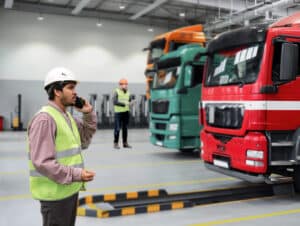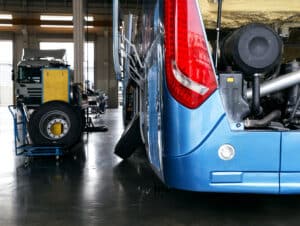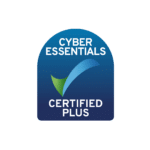In the dynamic landscape of the trucks & buses industry, maintaining constant communication and gaining visibility across the entire value chain isn’t just a best practice – it’s a strategic necessity.
From the initial stages of production at the hands of original equipment manufacturers (OEMs) to the final destination where end users put the vehicles to work, the intricate web of interactions and transactions demands seamless coordination.
At the heart of this necessity lies a mix of processes, partners, and stakeholders that collectively make up the value chain. The trucks & buses industry isn’t just about manufacturing and selling vehicles; it’s about orchestrating a symphony of operations that span OEMs, importers, distributors, dealers, fleet operators, rental companies, and the drivers themselves.
In this orchestration, the ability to maintain constant communication and have unobstructed visibility is vital. It’s about knowing not just what’s happening within individual segments of the value chain, but also understanding how those segments interact and influence one another.
This holistic understanding fosters efficiency, drives innovation, mitigates risks, and enhances customer experiences – all pivotal factors in the hyper-competitive realm of trucks & buses businesses.
A365 for seamless value chain connectivity
A365, our innovative solution, offers comprehensive end-to-end communication capabilities designed to establish a cohesive and efficient network that connects various stakeholders within the trucks & buses industry.
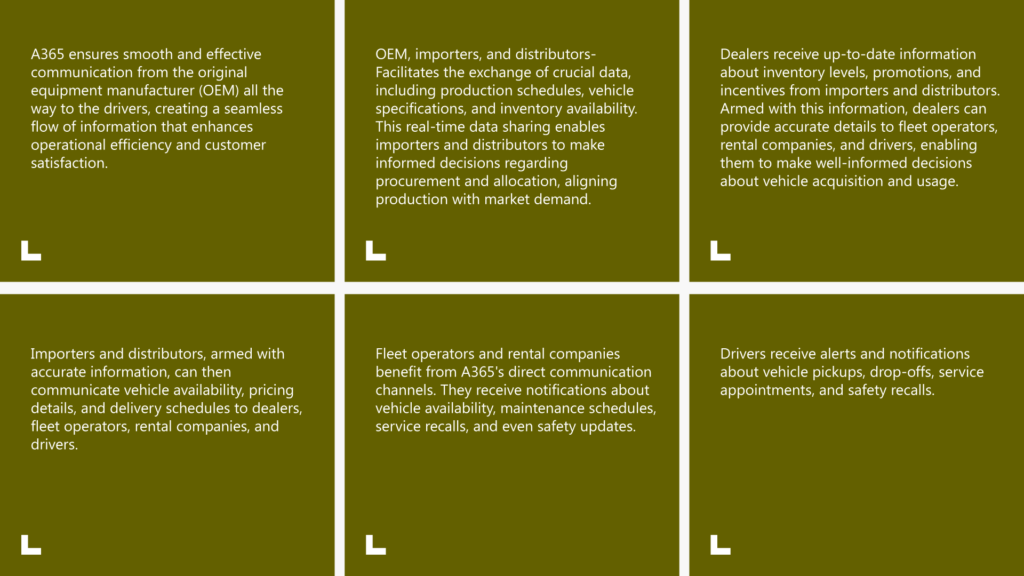
This interconnected framework ensures smooth and effective communication from the original equipment manufacturer (OEM) all the way to the drivers, creating a seamless flow of information that enhances operational efficiency and customer satisfaction along the value chain.
At the outset, A365 serves as a bridge between the OEM, importers, and distributors. The platform facilitates the exchange of crucial data, including production schedules, vehicle specifications, and inventory availability. This real-time data sharing enables importers and distributors to make informed decisions regarding procurement and allocation, aligning production with market demand.
Importers and distributors, armed with accurate information, can then communicate vehicle availability, pricing details, and delivery schedules to dealers, fleet operators, rental companies, and drivers. This transparency ensures that all parties are on the same page, eliminating confusion and delays in the procurement process.
For dealers, A365’s communication capabilities play a pivotal role. They receive up-to-date information about inventory levels, promotions, and incentives from importers and distributors. Armed with this information, dealers can provide accurate details to fleet operators, rental companies, and drivers, enabling them to make well-informed decisions about vehicle acquisition and usage.
Fleet operators and rental companies benefit from A365’s direct communication channels. They receive notifications about vehicle availability, maintenance schedules, service recalls, and even safety updates. This timely information empowers them to manage their fleets effectively, plan maintenance activities, and address issues proactively, thereby minimizing downtime and enhancing overall fleet performance.
Even drivers are integrated into the communication loop through A365. They receive alerts and notifications about vehicle pickups, drop-offs, service appointments, and safety recalls. This ensures that drivers are well-informed and can carry out their tasks with confidence, knowing that they are operating vehicles that are in optimal condition.
The need for communication and visibility across the value chain
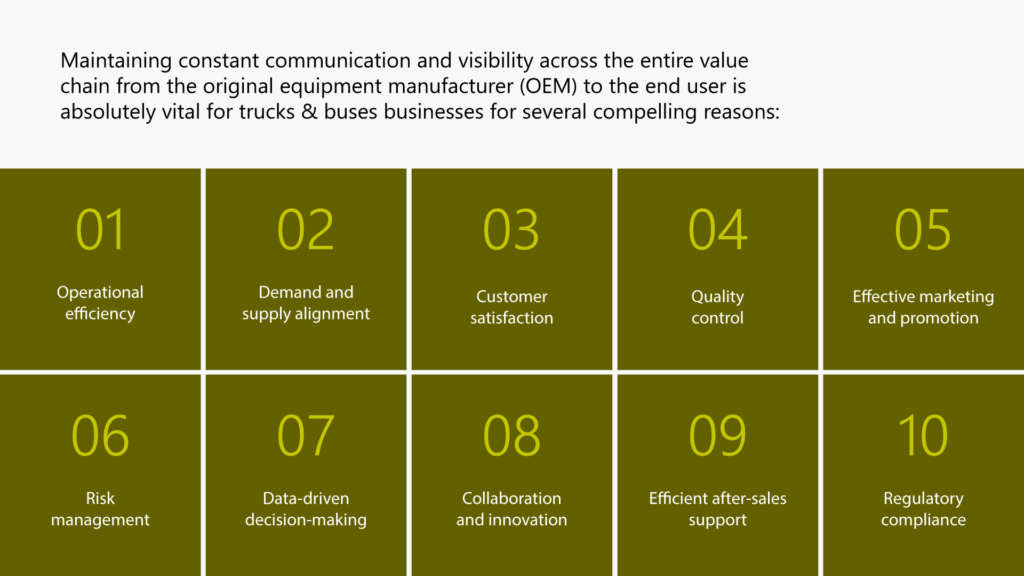
Operational efficiency: Seamless communication allows for efficient coordination of activities throughout the value chain. Timely updates on production schedules, inventory availability, and distribution ensure that all parties are aligned, reducing bottlenecks and optimizing the flow of goods and services.
Demand and supply alignment: Clear visibility across the value chain enables businesses to align production and distribution with actual demand. Accurate forecasting and real-time data exchange help prevent overstocking or shortages, saving costs and ensuring that the right products are available when needed.
Customer satisfaction: Maintaining constant communication ensures that end users, such as fleet operators and drivers, are well-informed about vehicle availability, delivery times, maintenance schedules, and service recalls. This transparency boosts customer satisfaction and builds trust, as customers can plan effectively and avoid disruptions.
Quality control: Communication across the value chain allows for feedback loops from end users to the OEM. This facilitates the identification of potential issues or areas for improvement in the product, enabling timely adjustments and enhancing overall quality.
Effective marketing and promotion: Visibility into the value chain allows businesses to tailor their marketing and promotion strategies. With accurate information about product availability and features, marketing efforts can be targeted and aligned with customer needs.
Risk management: Constant communication helps identify and mitigate risks more effectively. For instance, if there’s a recall or safety concern, rapid dissemination of information ensures that affected vehicles are identified and addressed promptly.
Data-driven decision-making: Access to real-time data enables data-driven decision-making at every level of the value chain. This allows for more accurate forecasting, better inventory management, and optimized resource allocation.
Collaboration and innovation: Open lines of communication foster collaboration and innovation among all stakeholders to better handle new market disruptions. The ability to share insights and ideas across the value chain can lead to the development of new products, services, and business models.
Efficient after-sales support: With constant communication, businesses can provide timely after-sales support, including maintenance services, technical assistance, and updates. This ensures that vehicles remain in optimal condition and customers have a positive experience.
Regulatory compliance: Maintaining visibility and communication is crucial for adhering to regulatory standards and compliance requirements. Businesses can quickly disseminate information about safety recalls, emissions standards, and other regulatory changes to all relevant parties.
In essence, A365’s end-to-end communication capabilities serve as a link that connects the entire trucks & buses industry ecosystem. By facilitating seamless communication from the OEM to importers, distributors, dealers, fleet operators, rental companies, and drivers, A365 drives efficiency, transparency, and collaboration, ultimately contributing to enhanced business success and customer satisfaction.
Interested in discovering how A365 provides comprehensive support to trucks & buses businesses throughout the entire value chain? Explore our website to learn more or reach out to us so that we can gain a clearer understanding of the challenges your trucks & buses business is encountering.



